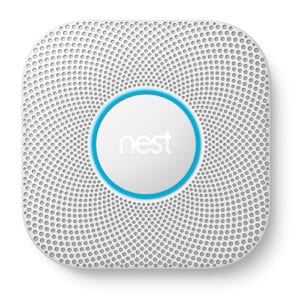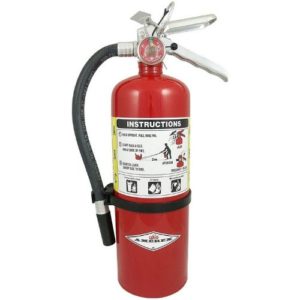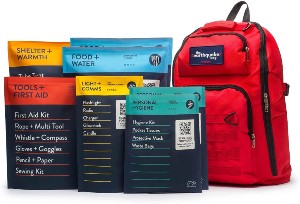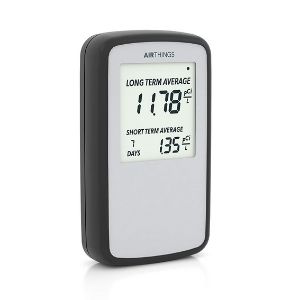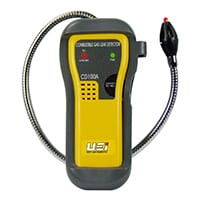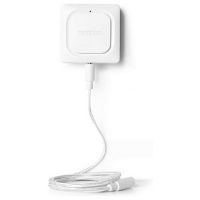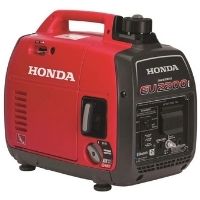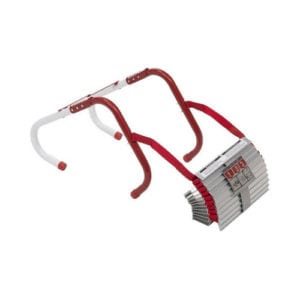Although some parts of the country are at a higher risk for earthquakes than others, no region is exempt from this natural disaster. Because they can’t be predicted, the best way to prepare for an earthquake is being proactive. There are several simple steps you can take to help prepare your family and home for an earthquake.
How Can I Prepare for an Earthquake?
SafeWise experts have years of firsthand experience testing the products we recommend. Learn how we test and review.
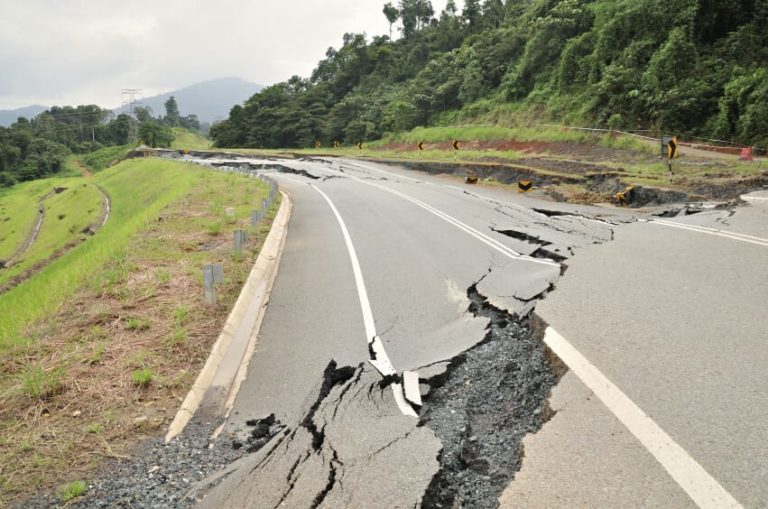
By signing up, you agree to our Terms and Conditions and Privacy Policy.
Preparing your family for an earthquake
- Reference the United States Geological Survey (USGS) Hazard Map to find out the potential threat of an earthquake where you live.
- Text EARTHQUAKE to 43362 to receive bi-monthly earthquake safety tips from the Federal Emergency Management Agency (FEMA). Should there be an earthquake where you live, FEMA representatives will text you the location of nearby open disaster recovery centers.
- Create a family emergency supply kit. In addition to basic necessities, the kit should include a pipe wrench and Crescent wrench to turn off gas and water supplies, water purification tablets, and a map that identifies earthquake shelters and family gathering points.
- Make an emergency communication plan that outlines how your family members will get in touch with one another if an earthquake occurs. Remember, cellphone service may be down.
- Identify safe spots in each room of your house, such as under sturdy furniture and against inside walls. Remind your family to stay away from windows, heavy hanging objects, and other potentially dangerous locations.
- Conduct earthquake drills periodically to help your family practice getting to your home’s safe spots quickly. Make each member of the family aware that tremors can cause objects to fall after the earthquake stops. If anyone feels a tremor, they should return to their safe spots immediately.
- Practice Drop, Cover, and Hold with your kids. Teach your family to drop to their hands and knees the moment they feel the earth shaking and then cover their body with a sturdy object like a desk or table. It is important to hold in place until the shaking stops.
- Suggest your neighborhood association, workplace, and children’s schools take part in National PrepareAthon! Day. Held on September 30 of each year, in culmination of National Preparedness Month, this event gives individuals an opportunity to work together to prepare for an earthquake or other potential hazards.
Preparing your home for an earthquake
- Check the foundation and walls of your home for cracks or defects that may make it particularly vulnerable to earthquake damage. Have a professional make any necessary repairs.
- Brace your home’s water heater with a strap kit. Or, if you don’t feel comfortable doing this yourself, you can hire a plumber to strap down your water heater according to local code.
- Disengage or remove rollers from major appliances to help prevent them from moving during an earthquake.
- Have a plumber install flexible connectors on your home’s gas appliances, like the stove, clothes dryer, and water heater.
- Identify where your home’s water, gas, and electric main shutoffs valves and switches are. Make sure each family member knows how to turn them off.
- Remove all flammable liquids from the living areas of your home and put them in the garage or other outside storage area. To help prevent a fire, store them away from heat sources, like a water heater or furnace.
- If your home has a chimney, consider securing it to the roof with sheet metal straps. You may also want to add angle bracing to help prevent the chimney from breaking away from your home.
- Falling objects are the primary cause of earthquake-related injuries. Go through your home room by room and move heavy objects located on upper shelves to lower shelves.
- Use flexible nylon straps and buckles to help hold objects like TVs, stereos, and microwaves in place.
- Secure heavy pictures or mirrors that hang near beds, couches, or other areas you spend time in. Use wire and eye screws to secure these items to wall studs.
- Help keep bookcases, entertainment consoles, and similar objects from tipping over by securing them to walls studs with nylon straps designed for this purpose.
- Install latches on kitchen cabinets to help hold them closed during an earthquake.
Earthquakes occur suddenly, but that doesn’t mean you have to be caught off guard. Help prepare your family and home for a potential earthquake by following the steps above.
Compare top home safety products
Amazon.com price as of post date. Offers and availability may vary by location and are subject to change. Read full disclaimer.
Google and Google Nest Secure are trademarks of Google LLC.
Recent Articles




